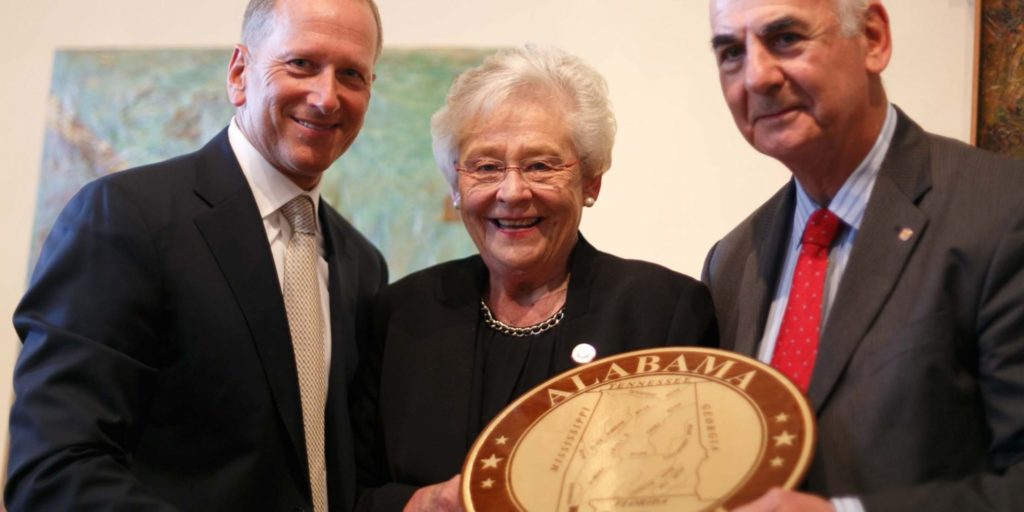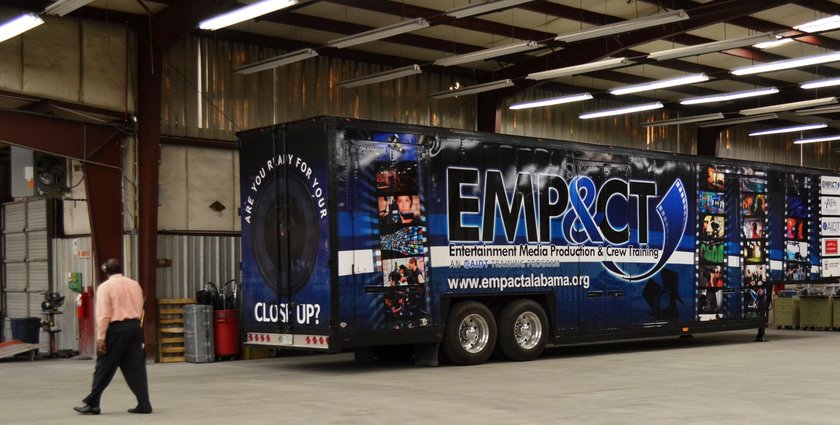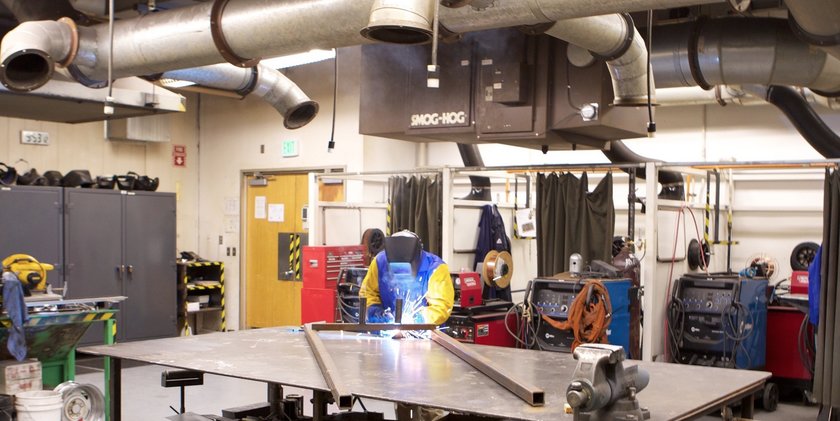
DON’T MISS: These issues and more will be discussed at Yellowhammer’s upcoming Alabama Economic Growth Summit
In order to keep pace with demand, employers across the eight counties spanning southwest Alabama estimate a need for 4,851 skilled workers during the next 12 months.
That figure, reported in the Southwest Alabama Workforce Development Council’s (SAWDC) 2015 Year End Industry Survey, reflects a roughly 8 percent increase compared with projections for the year just ended.
SAWDC Executive Director Laura Chandler said the annual survey allows the council to “ensure that strategic objectives are aligned with industry needs.” She cautioned anyone crunching the numbers provided to remember, however, that participation in the survey varies from year to year, meaning the figures reported do not reflect accurate “apples-to-apples comparisons.”
“Many of the questions are subjective in nature and, as an example, more rural employers participated in 2014, while many of our larger employers participated in 2015. That said, we wouldn’t consider any year-over-year changes to be statistically significant, but they do provide us with actionable measurements,” Chandler said.
Twenty-two employers representing nearly 34,000 employees took part in the most recent survey, and their responses indicate continued concern regarding the immediate availability of skilled workers for entry-level positions.
“Although employers indicated a slight improvement in the quality, stability and availability of the workforce, the percentage of qualified candidates for entry level positions remained low at 20 percent, or approximately one in five applicants,” Chandler said.
Meanwhile, more than 80 percent of respondents confirmed experiencing recruitment problems with one-quarter noting unfilled positions were increasing, compared with one-third in 2014.
Chandler said although respondents experiencing recruitment issues appear evenly split between community and industry as the source of the problem, nearly 60 percent of those surveyed reported increasing investments in training to address the shortfalls.
“I think these are great measures for us to say are we moving the needle,” she said.
Nine of the 22 responding companies represent the general manufacturing sector, followed by four aviation companies, three maritime companies, two healthcare employers and one construction firm. The remaining three respondents categorized themselves as “other.”
Despite the increasing skilled labor demand across the eight-county region, Chandler said she is confident the council’s methods are achieving the desired results.
“We have a wonderful, rare situation where we have a lot of demand. To say it isn’t a challenge would be misrepresentative. It is a challenge, but there have been a lot of great things – particularly at the state level – that have allowed us to reap some major benefits locally and that ultimately allow us to be more effective in how we serve our customer,” she said.
RELATED: How Alabama is matching workforce needs with state education
Chandler pointed to the recent establishment of a separate board of trustees for Alabama’s community college system and efforts at that level to get rid of duplication while working to accentuate each institution’s strengths.
“The community colleges in our region are already at the table with industry. That’s what we facilitate, and we have all the ingredients to be successful,” she said.
SAWDC represents Mobile, Baldwin, Washington, Choctaw, Clarke, Monroe, Conecuh and Escambia counties, which comprise Region 9 of the state’s 10 regional workforce development councils, established to stimulate economic and job development at the local level.
In addition to facilitating industry-specific training by collaborating with the region’s community colleges and employers to identify and address skills gaps, the council works in partnership with such organizations as the AIDT program and the Central Gulf Industrial Alliance to organize key stakeholders and maintain persistent attention to the needs of both employers and workers.
“I think we’re leveraging just about every resource we possibly can. I don’t think there’s any rock unturned,” Chandler said.
Above all, she said the survey results provide a solid framework to inform and guide the council’s efforts for the next 12 months, but listening to the ever-evolving needs of employers is what ultimately gets results.
“What we know from talking with our employers is that there’s a lot of investment in remedial skills required, and that’s nothing new, just like the maritime and industrial construction sectors are always going to have entry-level positions to fill. But what we’re hearing more and more is the discussion shift toward upskilling the current workforce. There’s a lot of talk of incumbent worker investment, and I am comfortable saying that we are absolutely moving in the right direction to be able to help those employers address those needs,” Chandler said.
“This isn’t a foot race, though. It’s a marathon. Are we there yet? Absolutely not, but we have the right people at the table, and that’s a formula for success,” she said.











